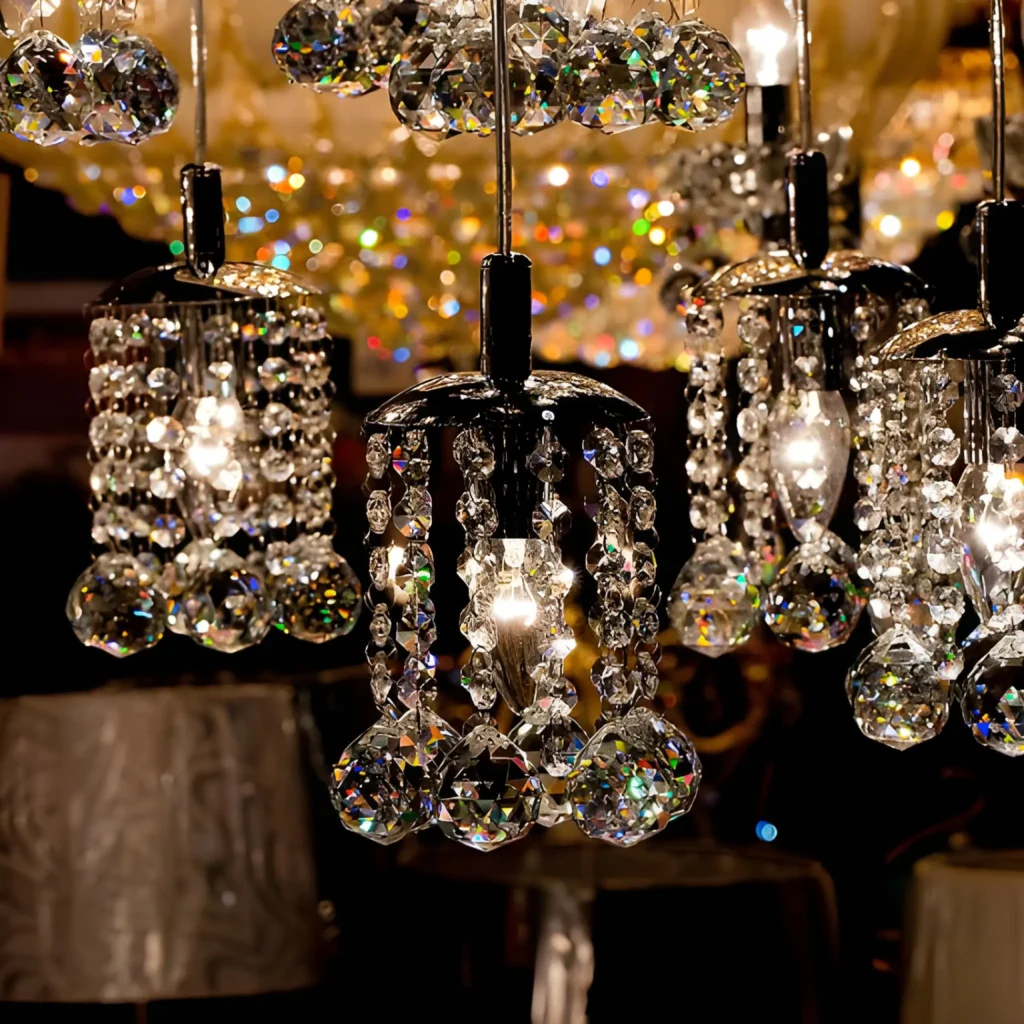The walls in a bathroom represent the largest visual surface area, typically around 200-300 square feet in a standard bathroom when you add up all four walls. Bathroom wall tiles do way more than just protect your walls from water damage—they set the entire mood and style of the space. This makes your tile choice incredibly influential on how the room feels and functions. Recent data from the National Kitchen and Bath Association shows that homeowners who invest in quality wall tiles see a return of about 70% on their investment when selling, which is higher than most bathroom upgrades. The right wall tile can make a dated bathroom feel current or a builder-grade space feel custom.
Mixing Textures Creates Depth
Flat, smooth tiles are fine, but they don’t do much for visual interest. Three-dimensional wall tiles with raised patterns or relief designs catch light differently throughout the day, creating shadows and highlights that make walls feel alive. These textured tiles work especially well as accent walls behind vanities or in shower areas.
Natural stone tiles like travertine or slate have inherent texture variations because they’re cut from actual rock formations. No two pieces look identical, which adds an organic quality that manufactured tiles can’t quite replicate. The natural pitting and veining in travertine creates a rustic Mediterranean vibe that’s been popular for years.
Mixing matte and glossy finishes in the same space creates contrast without using different colors. A matte tile on three walls with a glossy accent wall gives you visual interest while maintaining color continuity. The difference in light reflection alone changes how your eye reads the space.
The Accent Wall Strategy
Accent walls work really well in bathrooms because the space is small enough that one statement wall doesn’t overwhelm. Behind the toilet, behind the vanity, or the shower wall are all smart locations for bolder tile choices. Geometric patterns, bold colors, or expensive materials can be used in these limited areas without blowing your budget.
Patterned cement tiles make killer accent walls. These are made by pressing colored cement into molds, creating intricate patterns that go all the way through the tile body rather than just printed on the surface. They cost around $15-30 per square foot, so using them on one wall instead of the whole bathroom makes them more accessible.
Mosaic murals or custom tile arrangements can turn a wall into actual artwork. Some manufacturers offer pre-mounted mosaic sheets that create images or gradient effects. You’re looking at roughly $40-80 per square foot for custom mosaic work, but it becomes the focal point of your entire bathroom.
Height and Layout Considerations
Most people tile bathroom walls to about 60 inches high (wainscot height) or all the way to the ceiling. Stopping at wainscot height saves money and creates a two-tone look when you paint the upper portion. Going full height creates a more luxurious, finished appearance and provides complete water protection.
In wet areas like showers, you need to go at least 72 inches up the wall to prevent water damage. But here’s something contractors see all the time—stopping at exactly 72 inches looks arbitrary. Going to the ceiling line, even if it’s 96 inches, looks intentional and creates a cohesive appearance.
Horizontal tile layouts make rooms feel wider but shorter. Vertical layouts add height. Diagonal or herringbone patterns add movement and sophistication but require more precise cutting and about 15% extra material to account for waste.
Grout as a Design Element
Grout isn’t just filler between tiles—it’s part of the design. Colored grout has become really popular lately. Deep blue grout with white zellige tiles creates a Mediterranean look. Black grout with white subway tiles gives an urban, industrial vibe. Grout manufacturers now offer 40+ color options compared to maybe 10 colors a decade ago.
Grout joint width affects the overall look too. Rectified tiles (precisely cut with sharp edges) can be installed with 1/16 inch joints for a nearly seamless look. Non-rectified tiles need 1/8 to 1/4 inch joints to accommodate slight size variations. Wider joints create a more rustic, handmade appearance.
Epoxy grout costs about three times more than cement-based grout but never needs sealing and resists staining way better. In shower areas where mildew is a constant battle, epoxy grout can be worth the upfront cost because it stays clean with just regular wiping.
Tile Size Proportions
Large format tiles (12×24 inches or bigger) create a modern, streamlined look with fewer grout lines. They work great in contemporary bathrooms but can feel too stark in traditional spaces. Standard subway tiles at 3×6 inches have this timeless quality that works in almost any style.
Mixing tile sizes on the same wall creates visual interest. A common approach uses larger tiles as the main field with smaller mosaic tiles as borders or accents. The size contrast draws your eye to specific areas and breaks up monotony without using different colors.
Read more: Exploring the Art of Illumination with a Luxury Pendant Lights Collection – Spiritual Meaning Portal
Top Considerations When Investing in Dental Equipment for Clinics – Spiritual Meaning Portal
Top 8 Instagram Services for Influencers & Creators – Spiritual Meaning Portal







